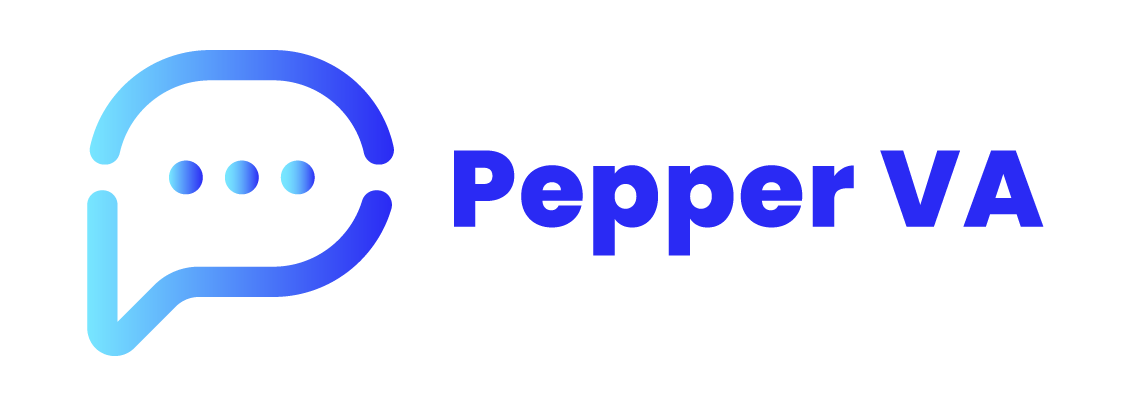Random video chats are short video meetings with people you don’t already know. They are usually unplanned or only lightly structured. A virtual assistant helps organize these chats for you by finding other professionals who are also open to talking. Instead of scheduling long meetings with people you already know, random video chats introduce new people quickly and easily.
These chats are not only for socializing. Professionals now use them to learn from others, explore new ideas, or expand their network. A virtual assistant handles the work of matching, scheduling, and keeping track of who you spoke with. The result is less pressure, faster conversations, and more chances to meet useful contacts.
You can connect with people via video call and build relationships that may help you later. For many users, these chats have replaced cold emails or awkward introductions at events. It’s an easy way to start new conversations without needing a perfect plan.
How do virtual assistants manage the networking process?
Virtual assistants play a quiet but important role. They do not just set up a calendar invite. Instead, they help with matching by using basic data like your job role, interests, or industry. Once a match is found, the assistant checks both calendars, confirms time slots, and sends reminders. Some even suggest conversation starters based on your profile or past chats.
During or after the meeting, the assistant may take notes or ask you how the chat went. This feedback helps improve future matches. The more you use the tool, the better the assistant understands who you enjoy talking to and what conversations are useful. Over time, the assistant can connect you to people who are more aligned with your interests.
These tools are now being built into many apps, often with AI features that help predict who might be helpful to talk to next. But they work best when paired with simple human curiosity and a willingness to talk to new people.
Why do random chats work better than some scheduled meetings?
Most scheduled meetings follow a clear structure. They often have an agenda, a shared project, or a specific outcome in mind. Random chats are different. They are open-ended and focused on discovery. Since no one has a fixed goal, people tend to share more honestly.
This format also saves time. A quick 10 or 15-minute video conversation is enough to see if someone is worth speaking to again. You can have many of these short calls each week without a heavy time cost. Over time, you build a broader and more diverse network.
Because the chats are low-risk, people tend to relax. This comfort helps conversations flow more naturally. You don’t need to pitch yourself or prepare a full background. You just need to show up, listen, and share.
Who benefits most from random video networking?
Random video chats are useful for people in many roles. Founders use them to share product ideas or get feedback. Designers use them to meet others in the same space and compare notes. Job seekers find them helpful for learning about roles or companies. Even executives use them to test new thoughts or meet others outside their usual circle.
People who work remotely or in small teams often miss out on daily casual chats. Random video networking fills that gap. It allows small moments of learning, support, and shared experience.
If you’re new in a field or looking to grow your connections, random chats help without needing special invites or contacts. They offer access to voices and experiences you might never reach on your own.
How should you prepare for a random video chat?
Good preparation starts with mindset. You don’t need to impress or sell. You only need to be open and interested. Before each chat, take 30 seconds to look at the basic info the virtual assistant provides. Know the person’s name, role, and what they might care about.
When the call starts, introduce yourself in a short and friendly way. Then ask a clear, simple question like, “What are you working on lately that excites you?” or “What’s one thing you’ve learned this month?” These kinds of prompts lead to better conversations than small talk.
At the end of the chat, decide if you want to stay in touch. If yes, follow up by email or LinkedIn within a day or two. The virtual assistant may offer a way to log your contact notes or help schedule a second chat if needed.
What are some common mistakes and how can you avoid them?
One mistake is treating the conversation like a pitch meeting. That often makes the other person uncomfortable. The point of these chats is to explore, not to sell. Keep it light, friendly, and useful for both sides.
Another mistake is not being present. If you multitask during the call or seem distracted, the other person notices. Give the call your full attention, even if it’s short.
A third mistake is not following up. If the conversation was good, take action quickly. Even a short thank-you message helps build a lasting connection.
How can you track your progress and measure value?
The easiest way to measure value is to keep notes. After each chat, jot down one or two things: what you talked about, what you learned, and whether you want to talk again. A virtual assistant can help log this for you automatically.
You can also look back each month and ask a few questions: How many chats did I have? Did I meet someone helpful? Did I share anything useful? These simple checks tell you if you’re getting value or need to adjust your settings.
Over time, value shows up in ways you didn’t plan. A new idea, a helpful tip, or a future job lead can all come from random chats.
How can you personalize your virtual assistant to get better results?
Most virtual assistants allow some form of preference setting. This can include your role, industry, seniority level, or even time zones. As you use the tool more, give it feedback. Mark conversations that were helpful or not helpful. Say when a match felt useful or when it wasn’t a good fit.
Over time, this helps the assistant make smarter decisions. It can suggest better matches and avoid repeating the same types of people unless that’s what you prefer. This feedback loop is how the assistant becomes more effective.
Why are these tools now gaining popularity?
Work has changed. Many people work from home or across time zones. Traditional networking, through offices or events, is not always possible or practical anymore. At the same time, people still want real conversation and connection.
Virtual assistants and random video chats solve this by removing the friction. You don’t need to plan much, and you still get a human moment. They work for busy people who want quality interactions without scheduling headaches.
They also allow introverts or people in new fields to speak without pressure. Everyone gets an equal chance to connect, learn, and grow.
Closing thoughts on using random chats for real connection
Random video networking won’t replace all other methods, but it offers something unique. It removes pressure and makes space for unexpected value. A good virtual assistant will do the background work, but you still bring the value through curiosity and clear communication.
If you want to grow your network without the usual stress or effort, start with one or two random chats each week. With time, these quick meetings can lead to deep conversations, good friends, smart ideas, and even new opportunities.
Be consistent. Be open. Let the tool help you connect, but make sure your voice stays human.





